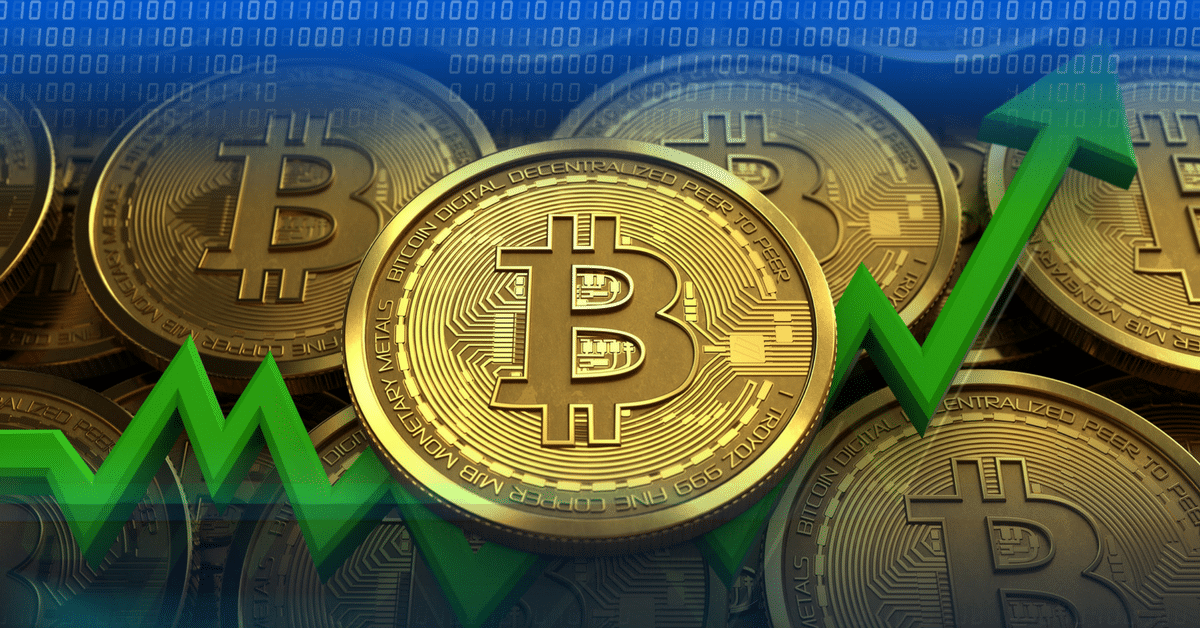Cryptocurrency
In 1996, the National Security Agency published a paper entitled How to Make a Mint: The Cryptography of Anonymous Electronic Cash, describing a cryptocurrency system. The paper was first published in an MIT mailing list (October 1996) and later (April 1997) in The American Law Review https://gambleonline-us.com/.
We use cookies to make your experience of our websites better. By using and further navigating this website you accept this. Detailed information about the use of cookies on this website is available by clicking on more information.
Physical cryptocurrency coins have been made as promotional items and some have become collectibles. Some of these have a private key embedded in them to access crypto worth a few dollars. There have also been attempts to issue bitcoin “bank notes”.
Bitcoin cryptocurrency
Bankrate follows a strict editorial policy, so you can trust that our content is honest and accurate. Our award-winning editors and reporters create honest and accurate content to help you make the right financial decisions. The content created by our editorial staff is objective, factual, and not influenced by our advertisers.
The move to a clear regulatory framework is vital in light of the high-profile blow-up of TerraUSD, a stablecoin cryptocurrency that was meant to hold a fixed value. The creation of a digital dollar, with the stability of real dollars, may make private cryptocurrencies less attractive.
Bitcoin is, in many regards, almost synonymous with cryptocurrency, which means that you can buy Bitcoin on virtually every crypto exchange — both for fiat money and other cryptocurrencies. Some of the main markets where BTC trading is available are:
Bitcoin wallets were the first cryptocurrency wallets, enabling users to store the information necessary to transact bitcoins. : ch. 1, glossary The first wallet program, simply named Bitcoin, and sometimes referred to as the Satoshi client, was released in 2009 by Nakamoto as open-source software. Bitcoin Core is among the best known clients. Forks of Bitcoin Core exist such as Bitcoin Unlimited. Wallets can be full clients, with a full copy of the blockchain to check the validity of mined blocks, : ch. 1 or lightweight clients, just to send and receive transactions without a local copy of the entire blockchain. Third-party internet services, called online wallets or hot wallets, store users’ credentials on their servers, making them susceptible of hacks. Cold storage protects bitcoins from such hacks by keeping private keys offline, either through specialized hardware wallets or paper printouts. : ch. 4
Just two months later, on January 3, 2009, Nakamoto mined the first block on the Bitcoin network, known as the genesis block, thus launching the world’s first cryptocurrency. Bitcoin price was $0 when first introduced, and most Bitcoins were obtained via mining, which only required moderately powerful devices (e.g. PCs) and mining software. The first known Bitcoin commercial transaction occurred on May 22, 2010, when programmer Laszlo Hanyecz traded 10,000 Bitcoins for two pizzas. At Bitcoin price today in mid-September 2021, those pizzas would be worth an astonishing $478 million. This event is now known as “Bitcoin Pizza Day.” In July 2010, Bitcoin first started trading, with the Bitcoin price ranging from $0.0008 to $0.08 at that time.

Cryptocurrency bitcoin price
The Bitcoin Lightning Network represents a notable advancement in Bitcoin’s roadmap. It is a Layer-2 payment protocol built on Bitcoin and designed to improve scalability and transaction throughput. By leveraging the Lightning Network, Bitcoin transactions become faster and more cost-effective, addressing the scalability challenges associated with the base layer of the Bitcoin blockchain.
Bitcoin is the world’s first cryptocurrency designed to operate decentralized over a blockchain. Unlike traditional currencies, it can be used as a store of value and for making digital payments without a central authority like a bank or a financial institution. The symbol BTC in the market represents Bitcoin.
The two major changes are the introduction of the Merkelized Abstract Syntax Tree (MAST) and Schnorr Signature. MAST introduces a condition allowing the sender and recipient of a transaction to sign off on its settlement together. Schnorr Signature allows users to aggregate several signatures into one for a single transaction. This results in multi-signature transactions looking the same as regular transactions or more complex ones. By introducing this new address type, users can also save on transaction fees, as even complex transactions look like simple, single-signature ones.
Another point that Bitcoin proponents make is that the energy usage required by Bitcoin is all-inclusive such that it encompasess the process of creating, securing, using and transporting Bitcoin. Whereas with other financial sectors, this is not the case. For example, when calculating the carbon footprint of a payment processing system like Visa, they fail to calculate the energy required to print money or power ATMs, or smartphones, bank branches, security vehicles, among other components in the payment processing and banking supply chain.
Bitcoin is a decentralized cryptocurrency that uses peer-to-peer technology and a blockchain to record transactions. It was created by Satoshi Nakamoto and the first block was mined on January 3, 2009. Bitcoin transactions are recorded on a blockchain, which is a distributed ledger that can be accessed by anyone to verify transactions. Transactions are verified by miners, who are rewarded with a set amount of Bitcoin and transaction fees. The supply of Bitcoin is limited to 21 million coins and it is divisible to eight decimal places. A wallet is needed to use Bitcoin and it consists of a public key, which is used to send and receive payments, and a private key, which is used to control the wallet. Bitcoin can be used for a variety of purposes, including everyday transactions, as a store of value, or for investment.
Bitcoin’s price is renowned for being highly volatile, but despite that, it has become the top performing asset of any class (including stocks, commodities and bonds) over the past decade – climbing a staggering 9,000,000% between 2010 and 2020.